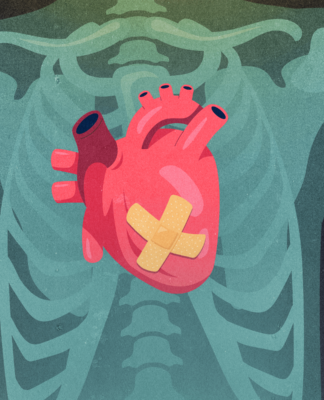IN 1985, three scientists, Joseph Farman, Brian Gardiner and Jonathan Shanklin of the British Antarctic Survey discovered the ozone hole, an area of the ozone layer above the Antarctic that was thinner than the rest of the layer. In the past 20 years, this hole has increased in size.
The ozone layer is found in the stratosphere layer of the atmosphere. It serves as Earth’s protection from harmful ultraviolet sun rays, which can cause diseases like skin cancer to humans, and a change in composition to plants and animals under prolonged exposure.
This protective shield has long to developed “holes” primarily due to chlorine and bromine, which are halogens. Halogens are elements that react with multiple molecules of the ozone.
Chlorofluorocarbons (CFC), in particular, are chemical compounds that contain chlorine. When this compound reaches the atmosphere, it undergoes a photochemical reaction that breaks down the ozone. An atom of chlorine can destroy over 100,000 ozone molecules.
Environmental Science expert Arlen Ancheta, a professor at the Faculty of Arts and Letters, said these chemicals are usually found in refrigerants, airconditioning, and manufacture of Styrofoams.
Ancheta said the ozone layer can be “recovered” by minimizing the use of products that contain CFC.
“You use ‘recover’, not ‘repair.’ Chlorine and bromine destroys the ozone so it depletes. Now, if you reduce chlorine and bromine in the stratosphere, then the ozone layer would recover,” she said.
Ancheta said an awareness campaign on the harmful effects of halogens should be undertaken.
“The industry [should] redesign technology to really limit the use of halogen gasses,” she said. “Simple lifestyle should also be practiced, because the use of halogen gases is based on human lifestyle.”
Since the ozone layer’s depletion was bared in 1985, worldwide efforts have been undertaken to reduce the use of halogens.
The Montreal Protocol, signed in 1985 by 20 countries in Vienna, aimed to control the production and consumption of chlorine and bromine worldwide.
It has been amended five times, at London in 1990, Copenhagen in 1992, Vienna in 1995, Montreal in 1997, and Beijing in 1999. The amendments were made to decrease the maximum allowable production and consumption of CFCs.
Based on a study by Francois Hendrick of the Belgian Institute of Space Aeronomy, since 1998, the amount of bromine in the stratosphere has gradually decreased to -0.7 to ± 0.3 percent per year from 2002 to 2008 from +2.1 to ± 0.5 percent per year from 1998 to 2001.
“If the countries would continue following the Montreal Protocol, they say that by 2050, the Antarctic ozone hole that was seen in the 1980’s could be restored,” said Ancheta. Maria Joanna Angela D. Cruz

















